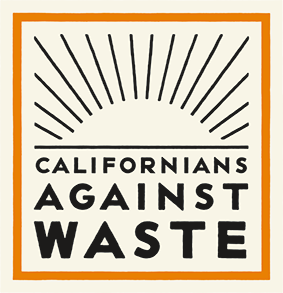Background on Universal Waste and DTSC Regulations
In 2000, the Department of Toxic Substances Control (DTSC) officially adopted new regulations for universal waste, deeming them to be hazardous to people and the environment. Universal wastes encompass a variety of devices (including fluorescent lamps, cathode ray tubes (such as computer monitors and TVs), batteries, etc...) that usually contain mercury, lead, cadmium, and copper. This category is a subset under all hazardous wastes.
In 2001, DTSC declared all wastes containing cathode ray tubes (CRTs) to be toxic and were thus banned from landfill disposal. In August 2001, the DTSC adopted emergency regulations reducing some hazardous waste requirements to make it easier to collect, store and recycle CRTs.
Since February 8, 2002, California's Universal Waste Rule has been in effect by prohibiting the disposal of universal wastes, including a wide range of toxic electronic devices, which has been added to since then an now includes a variety of consumer electronics as well.
The initial rule; however, established a temporary exemption for households and some small quantity generators, who were thus allowed to dispose fluorescent lamps, some batteries, mercury thermostats, and electronic devices to the trash unless forbidden by local solid waste authorities until February 8, 2006. On February 9, 2006, this exemption ended and DTSC effectively banned all universal wastes from trash.
The policy affects thousands of consumer electronic devices and the disposal of the more than 515,000 tons of toxic electronic wastes that are currently landfilled in California. This includes such items as: all household batteries, cell phones, computers, fluorescent lamps, mercury switches and thermostats, answering machines, printers, radios, microwaves, TVs, VCRs, and non-empty aerosol cans. Such wastes must now be separated from landfills and recycled properly.
While state policy makers and the legislature have supported a handful of recycling policies targeting some devices (computer monitors and televisions, cell phones and rechargeable batteries), little awareness and few recycling opportunities exist for most toxic electronic devices.
What You Can Do
- Find places to safely dispose of your universal wastes.
